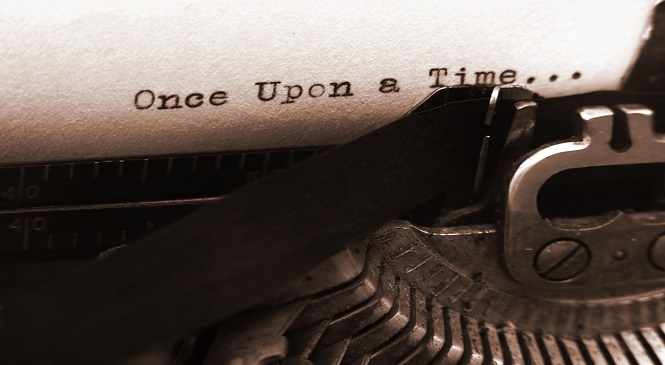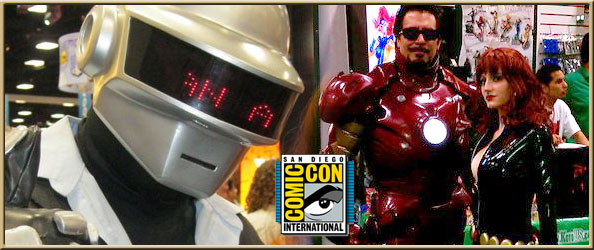Tell A Fairy Tale Day

Once upon a time in a land far, far away, there was an internet writer who decided she wanted to teach the world about fairy tales. Why, the readers ask, would she want to do this? We know what fairy tales are; they are children’s stories of princes and princesses, good and evil, and eventually a happy ending. Yes, says the blogger, but are fairy tales really that simple? Where did they come from? Why do they have happy endings? Are they just a way to entertain children, or is there some meaning behind them? The readers look at each other and wonder: is she right? Is there more to learn about fairy tales that we do not know? The writer replies to the audience, there are many things to learn and today, in honor of Tell a Fairy Tale Day, I will teach you.
Let’s first start with the definition of fairy tale: a short narrative that usually features folkloric fantasy characters like dwarves, dragons, elves, gnomes, witches, and, of course, fairies. It is a story that is far-fetched and could not possibly be true. Usually it will also end with unusual happiness, that so-called “fairy tale ending.”
Fairy tales differ from other folk narratives such as legends, fables, and parables. Legends are tales of human actions that demonstrate values and certain qualities that can make them credible. Fables are moral lessons, usually in verse, that feature animals, plants, objects, or forces of nature that are given human qualities. Parables are fables but with human characters. Fairy tales also offer only superficial references to religion and real places, people, and events, which is why they take place with the “once upon a time” phrase.
The term “fairy tale” comes from the German word “Mär,” which means story or tale. The word “Märchen” is the diminutive form of the word, meaning “little story.” Grouped with “once upon a time” means the tale is a little story from a long time ago, when the world was still magical. The English term comes from the French contes, or stories of adventures, that often included fairies.

If fairy tales are not based on reality, where did they come from? Simply one’s imaginations?
Almost. People have tried to track down the origins of fairy tales but found it difficult because they usually start as oral storytelling, passed from generation to generation. It is not until the stories were collected and written that they can be given a date. They are grouped in the fantasy genre category of folktales because the tales did not originate from the elite, but the uneducated “volk” (the people in German).
The stories were told or acted out instead of being written. During the 17th century, aristocratic women turned them into a parlor game. Originally starting out in French salons where men and women could gather and discuss the issues of the day, the women began to perform in their own living rooms with their friends. They would choose their topic, be it arts, politics, or social matters that concerned them, such as marriage, love, independence, and access to education. They would tell old tales or create new ones, showcasing their verbal abilities and imagination while cleverly commenting on the conditions of aristocratic life. Performing what seemed naturally and spontaneous, the use of decorative language allowed them to critique and tell stories that would pass the court censors. These tales usually featured young clever girls whose lives were controlled by fathers, kings, and wicked fairies, and received helped by wise fairies to achieve a happy ending.
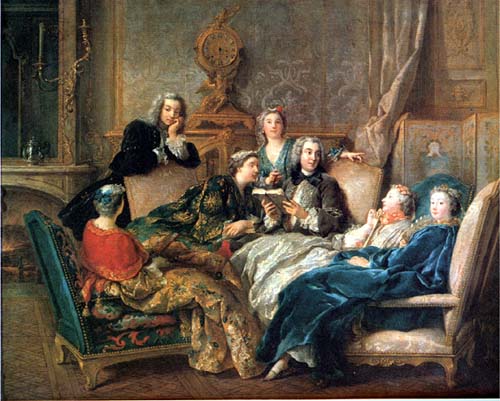
How did they become children’s stories then?
Even though the tales were originally for adults, servants would tell them to the children. In fact, when The Brothers Grimm collected fairy tales, they had to rewrite several of the stories because of complaints they were not suitable for children. For instance, in the first edition of Rapunzel, the prince’s visits were revealed when the witch noticed that her clothing had grown tight and she believed Rapunzel to be pregnant. Later editions would state it was easier for her to pull up the prince than the witch. Even though the sexual undertones of the stories were cleaned up, the violence, especially when punishing villains, were increased.
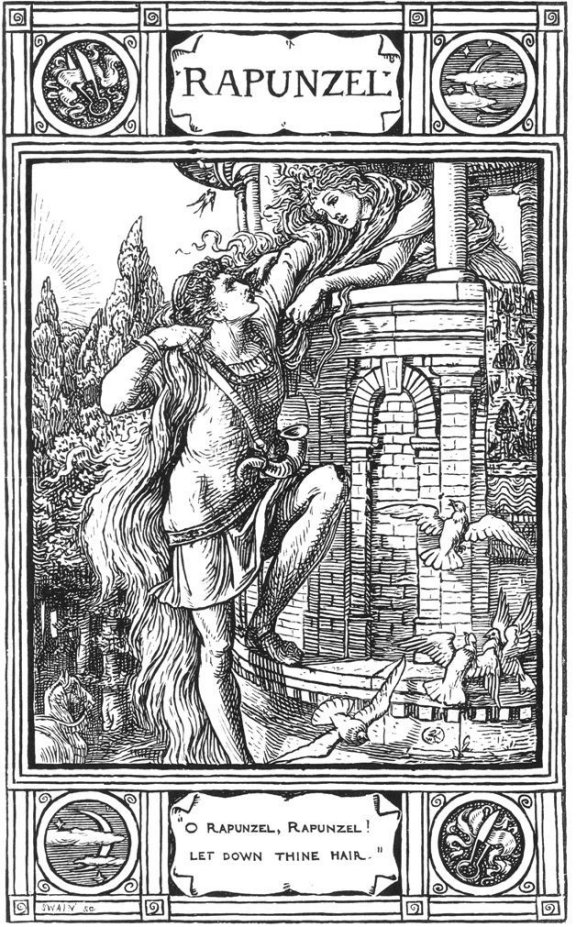
The Brothers who?
The first fairy tales to be collected and written were French. However, in an attempt to preserve fairy tales, German academics Jacob and Wilhelm Grimm began collecting and publishing folklore in the 19th century. They acquired an interest in folklore while attending the University of Margurg, which lead them to the goal of researching and recording folk stories. They would hear the stories and decide which would be an “official fairy tale” or not. If two were similar, they would choose the more Germanic version as a way of resistance from the French occupation during the Napoleonic era. They would document and rework tales based on the audience. Since many of the stories were not originally intended to be children’s tales, the Grimms’ added introductions for parents with the advice they steer their children toward more age-appropriate stories. They also made changes to the tales so they would become more “warnings” for the youth.
Other examples of changes made, besides Rapunzel, are Snow White, when the Queen, who is actually her biological mother, orders the Huntsman to kill her and bring back the child’s lungs and liver so she can eat them. In The Goose Girl, a servant is stripped naked, attached to a barrel studded with sharp nails, and rolled down the street. The princess never kissed the frog in The Frog Prince, she threw him against a wall.
The Grimms were criticized for their stories being too German. Other scholars also attempted to collect and document tales. The one consistency that was found was stories from other countries were similar. Regardless of the culture, the stories tended to have similar themes or motifs. Scholars tried to break them into two categories: genuine folk tales and literary fairy tales. However, they kept becoming entangled. In fact, the term fairy tales was so broad that before “fantasy” was defined as a genre, many stories such as Tolkien’s The Hobbit, George Orwell’s Animal Farm, and L. Frank Baum’s The Wonderful Wizard of Oz would have been considered fairy tales.
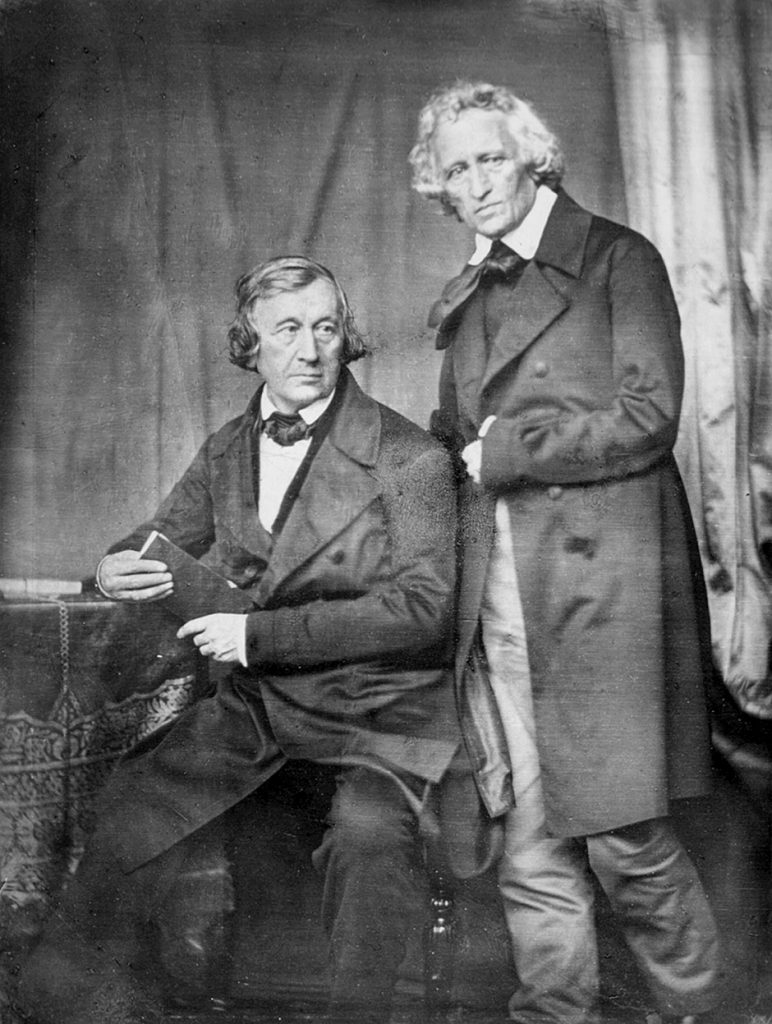
Two different schools were established. The first as the Aarne-Thompson classification, based on the work of Antti Aarne and revised by Stith Thompson. This grouped tales according to their overall plot. Common features are picked out to decide which group they are put into, a numbering system. From there, addition features may lump stories together in subgroups. However, the weakness of the system is the difficulty of knowing what would be considered a subportion of the tale verses the motif.
The second was morphology. Creator Vladimir Propp, who studied Russian fairy tales, criticized the Aarne-Thompson analysis because it ignored what the motifs did. Instead of focusing on the plots, Propp looked at the outcome. He distinguished thirty-one elements, or functions, and seven characters, or spheres of actions (for instance, the princess and her father are a single sphere). The functions fall into six stages: preparation, complication, transference, struggle, return, and recognition. These can be repeated in the stories. An example of an element is a donor, or someone who gives assistance to the main character, possibly testing them.
So, happy endings for the fairy tale?
Almost. How the stories have been interpreted varies. The tales can be taken out of context and manipulated to fit whichever psychological analyses is being used, such as Freudian or Jungian or even various forms of mythology. Even in recent times, it has been claimed that fairy tales have conditioned children to accept mistreatments and abuse. However, some folklorists see them as a preserved historical representation, customs and sociological perspectives documented.
So, there you have it folks, a small story of how fairy tales came to be. Look to your local schools and libraries for special fairy tale readings and story hours. Or simply curl up next to a fireplace and enjoy a book with the yourself or the family!
And live happily ever after.
![]()

